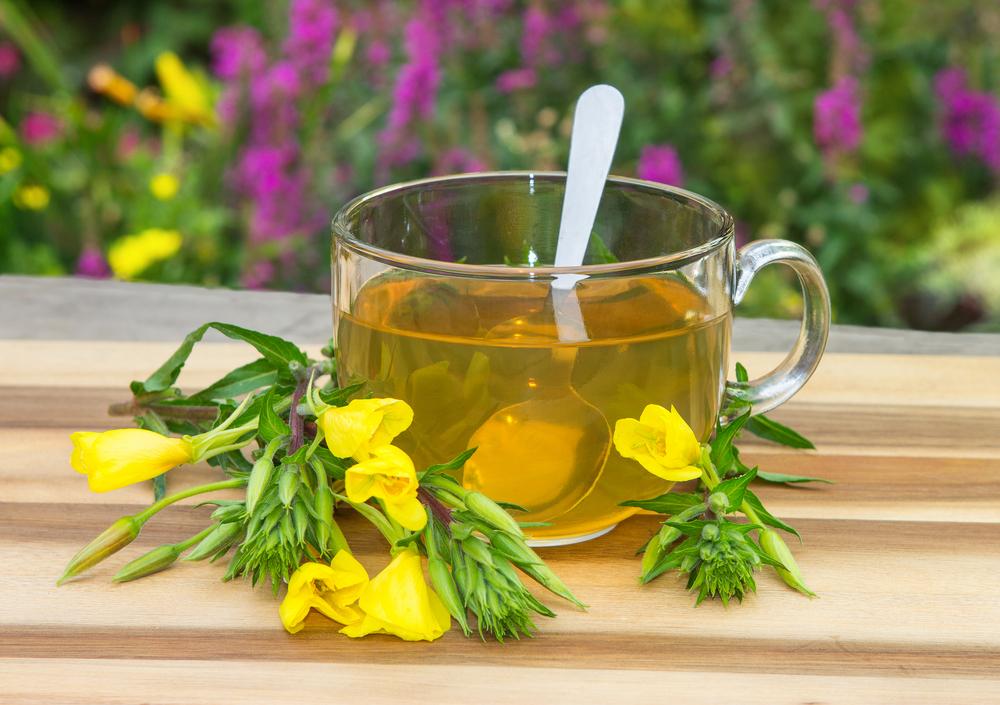Comprehensive Guide to Natural Strategies for Managing Chronic Pain
Explore comprehensive natural strategies for managing chronic pain, including exercise, nutrition, herbal remedies, and mindfulness. This guide offers evidence-based tips to help reduce pain naturally and improve overall well-being, emphasizing safe and holistic approaches tailored to individual needs.

Comprehensive Guide to Natural Strategies for Managing Chronic Pain
Chronic pain is a widespread issue impacting millions worldwide, including an estimated 20% of the American population. This persistent discomfort can significantly diminish quality of life, making everyday activities challenging and affecting mental health. When pain continues for more than three months despite conventional treatments, it often indicates abnormal pain processing within the nervous system. Conditions such as arthritis, injuries, sprains, fibromyalgia, and nerve damage are among the common causes of persistent pain.
While pharmaceutical solutions like analgesics and anti-inflammatory drugs are frequently prescribed, many individuals seek alternative or complementary approaches to manage their pain naturally. This preference arises from concerns about side effects, dependency, and the desire for holistic healing methods. Natural remedies and lifestyle modifications can play a crucial role in alleviating chronic pain, often reducing reliance on medications and promoting overall wellness.
Given that pain experiences vary widely among individuals, it is essential to explore a variety of natural strategies under the guidance of healthcare professionals. Personalized pain management plans incorporating different therapies can lead to more effective and sustainable relief. This article explores some of the most evidence-based natural remedies, lifestyle tips, and complementary techniques for managing chronic pain effectively.
1. Regular Physical Activity and Movement
Engaging in consistent physical activity is a cornerstone of natural pain management. Exercise stimulates the production of endorphins—natural painkillers produced by the body—that help diminish pain perception. Aerobic activities such as walking, swimming, cycling, and low-impact workouts improve blood circulation, reduce stiffness, and enhance overall mobility. Maintaining an active lifestyle not only bolsters physical health but also boosts mental resilience, providing a better capacity to cope with discomfort.
Furthermore, tailored physical therapy programs designed by specialists can address specific joint or muscle issues contributing to pain. Gentle stretching, yoga, and tai chi are particularly beneficial for improving flexibility, reducing muscle spasms, and promoting relaxation. Importantly, individuals should consult healthcare providers before initiating new exercise routines to ensure safety and appropriateness based on their condition.
2. Omega-3 Fatty Acids for Inflammation Reduction
Dietary intake of omega-3 fatty acids has gained recognition for its potent anti-inflammatory properties, which can significantly alleviate chronic pain, especially in conditions like rheumatoid arthritis and other inflammatory disorders. Fish oil supplements rich in EPA and DHA are commonly used to reduce inflammatory responses within the body. Multiple studies indicate that individuals who incorporate omega-3s into their diet often experience a decrease in joint swelling, tenderness, and pain intensity.
In addition to supplements, consuming omega-3 rich foods such as fatty fish (salmon, mackerel, sardines), walnuts, flaxseeds, and chia seeds can promote better health and reduce inflammation. As part of an integrated pain management plan, omega-3 supplementation should be discussed with healthcare providers to determine appropriate dosages and ensure compatibility with other treatments.
3. Natural Anti-Inflammatory Herbs and Spices
Turmeric, a vibrant yellow spice widely used in Asian cuisine, contains curcumin—a compound with powerful anti-inflammatory and antioxidant effects. Research suggests that turmeric supplementation, especially when combined with other natural anti-inflammatory agents like bromelain (from pineapples) and Devil’s claw, can provide meaningful relief from osteoarthritis and other inflammatory joint conditions.
Other beneficial herbs include ginger, which has similar anti-inflammatory properties, and boswellia (frankincense), used traditionally in Ayurvedic medicine. Incorporating these herbs into daily diets or as supplements may help reduce swelling, stiffness, and pain. However, users should consult healthcare practitioners for proper dosing and to avoid potential interactions with medications.
4. Resveratrol and Antioxidants for Cellular Health
Resveratrol, a natural compound found in red grapes, berries, peanuts, and red wine, has garnered attention for its anti-inflammatory and cellular protective effects. Its antioxidant properties help combat oxidative stress—a known contributor to chronic pain and tissue damage.
Supplementing with resveratrol or increasing dietary intake of resveratrol-rich foods can support overall health, reduce inflammation, and potentially ease pain associated with degenerative joint diseases. As with all supplements, it’s important to adhere to recommended dosages and consult with healthcare providers to ensure safety, especially for those on medication or with underlying health conditions.
5. Heat and Cold Therapy: Simple yet Effective
One of the most accessible natural techniques for pain relief is the application of heat and cold. Cold therapy (ice packs or cold compresses) is especially effective immediately after acute injuries, such as sprains or muscle strains. It helps reduce inflammation, numb nerve endings, and lessen swelling, providing quick relief.
Heat therapy (warm packs, hot bath, or heating pads) is beneficial for chronic muscle tension, spasms, and joint stiffness. Heat promotes muscle relaxation, increases blood flow, and soothes aching areas. Alternating between heat and cold can be particularly effective for managing complex pain conditions, balancing inflammation reduction and muscle relaxation.
6. Stress Reduction and Mindfulness Techniques
Chronic pain often worsens with stress, anxiety, and emotional distress. Mindfulness meditation, deep breathing exercises, progressive muscle relaxation, and guided imagery can help manage pain perception by calming the nervous system. These techniques improve mental clarity, reduce stress-related hormones, and create a sense of control over pain experiences.
Practicing mindfulness regularly, either through guided sessions or self-directed practice, can lead to improved pain coping skills, reduced suffering, and enhanced overall well-being. Combining these psychological strategies with physical and nutritional approaches offers a holistic path to pain management.
Conclusion: Integrating Natural Remedies for Effective Pain Relief
Managing chronic pain effectively requires a comprehensive approach that encompasses lifestyle modifications, dietary choices, natural therapies, and mental health strategies. While these natural remedies can provide significant relief, they should be integrated under medical supervision to ensure safety and optimal results. Always consult healthcare professionals before starting any new treatment regimen, especially if you are on medication or have underlying health issues.
By adopting a proactive, holistic approach to pain management, individuals can reduce their dependence on pharmaceuticals, improve their quality of life, and foster overall wellness. Natural strategies are not only effective but also promote sustainable health benefits that extend beyond pain relief, enriching overall vitality and resilience.





